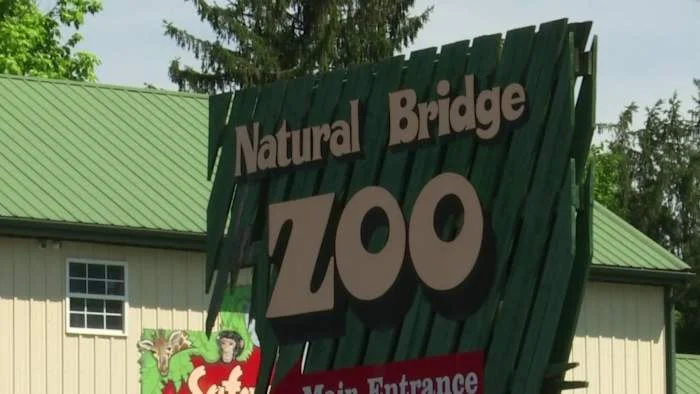
Legal Saga Unfolds as Giraffes Are Transferred from Natural Bridge Zoo
In a dramatic turn of events, the transfer of giraffes from the Natural Bridge Zoo in Virginia highlights an ongoing legal battle surrounding allegations of animal cruelty and neglect. The situation at the zoo has drawn significant public interest, raising important questions about animal welfare and proper care in captivity.
ROCKBRIDGE COUNTY, Va. (WSET) — More than a year and a half since the Attorney General's Animal Law Unit seized nearly 100 animals from the Natural Bridge Zoo, efforts to relocate the giraffes have intensified. This includes the recent move of one of the four remaining giraffes, amid claims that they were not adequately cared for.
On May 20, the second giraffe was loaded onto a transport trailer after a harrowing and lengthy process. The move was livestreamed, allowing the public to witness the complexities involved in relocating such delicate animals. “I couldn't believe it. It’s still going on,” expressed onlooker Stephanie Ware, voicing the mixed feelings countless viewers have experienced as they observed the giraffes being moved.

The journey began when a team consisting of veterinarians and transporters faced multiple challenges. Previously, attempts to move another giraffe had resulted in a failed six-hour effort, leading to questions about the zoo's methods and intentions. The logistics of giraffe relocation appeared daunting, particularly with two of the female giraffes having given birth during the legal proceedings, their calves mysteriously missing.
Criticism mounted over the treatment of the animals during the transfer process. Sarah Reynolds, a frequent zoo visitor, commented on the apparent distress the giraffes displayed, stating, “It was very stressful. It would be stressful for any living being to be taken from their home.” Such firsthand accounts underline the emotional toll of the ongoing saga.
Despite the growing public concern and visible anxiety of the giraffes, zoo officials and advocates for the animals find themselves at an impasse. There remain questions as to why specific animals were seized and what criteria were used to make those decisions. As Reynolds pointed out, “It’s hard to wrap your brain around what abuse was going on.” The community hopes for transparency regarding the welfare of the remaining animals and that future actions will prioritize their safety.
As the zoo prepares for the next steps in this ongoing saga, including the anticipated movement of the remaining giraffes, it reflects on broader implications for animal rights and the responsibility of wildlife facilities. The Natural Bridge Zoo remains under scrutiny as it grapples with the ramifications of its past decisions amid a pressing legal narrative.
In conclusion, this unfolding situation prompts a vital question: How can we ensure that wildlife in captivity receive the care and respect they deserve, free from exploitation? We encourage our readers to share their thoughts and opinions on this significant issue regarding animal care.